Travel indoors
The ethnic style is the one that, for most reasons and emotions as well, comes closest to the circular economy that we are now aware and that we so desperately need. An enlightened and responsible zero-waste economy based on recycling, manual manufacturing, materials reusing, rejecting costly mass production processes. One that looks at everything with the particularity of the place, who takes advantage of everything it naturally has around it and even reuses leftovers from its activity or from other close to it. It is the manually woven fibers, the handmade objects, the working hands and the ingenious head and it is also the unprecedented and inventive ability to be able to foresee beauty in a pile of waste, in old wood, in glass beads or shards of clay. It does not consume more than what is strictly necessary and bets on the uniqueness of each creation. In the exclusivity of the small errors of a manufacture that is not born in the factory, in the human flaws, in the very whims and irregularities of the materials.
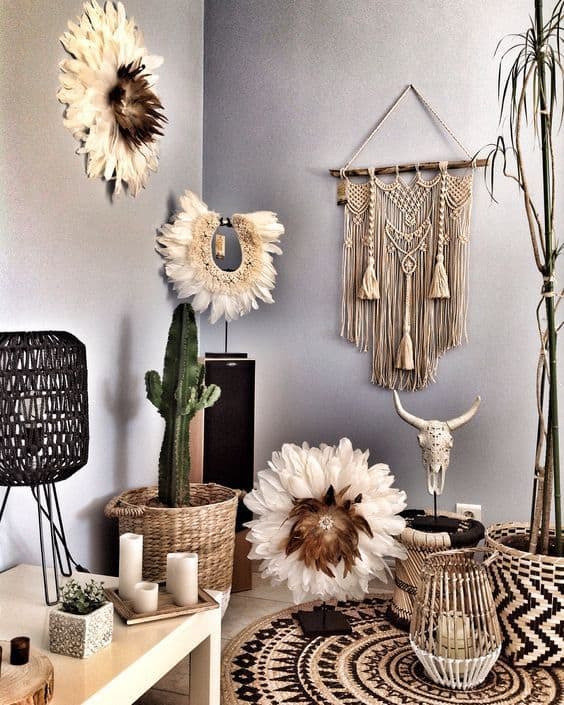
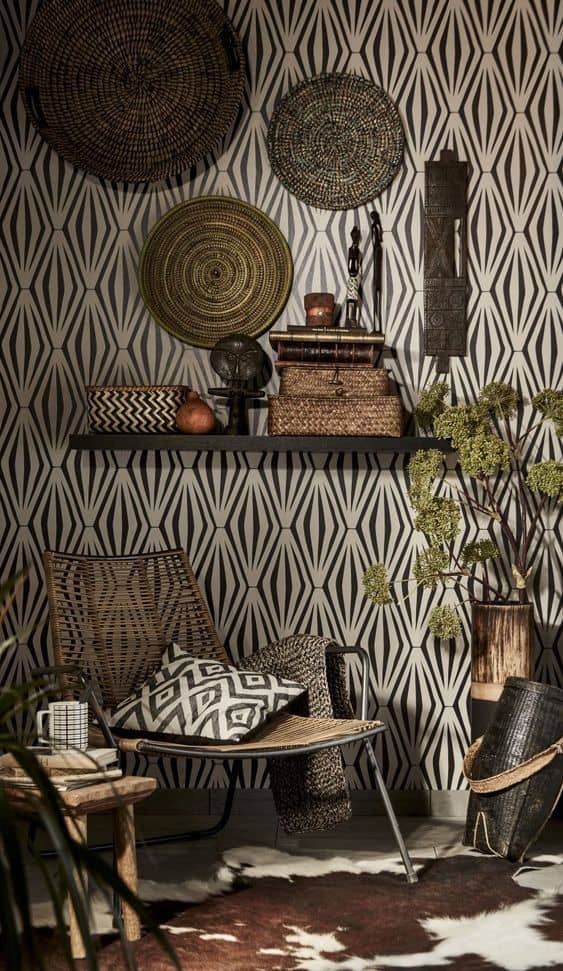
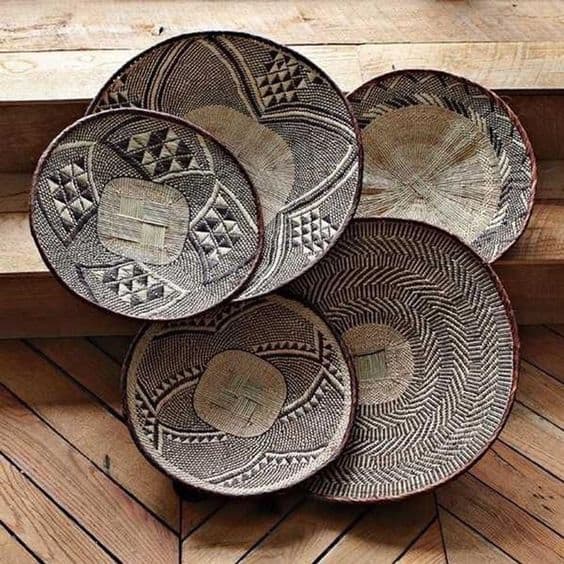
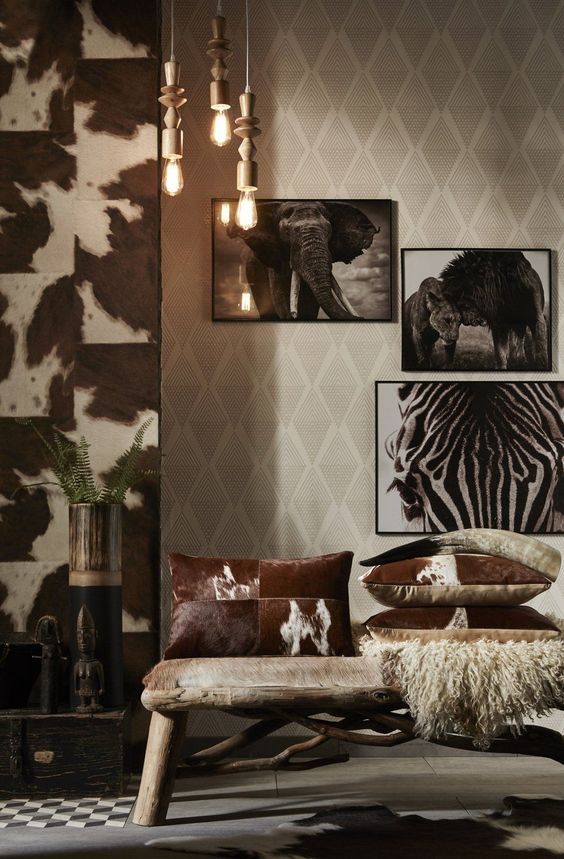
Perfection results from beauty and the unexpected and not from the smoothness of plastic and artificial surfaces. The wrinkles on the face of those who handle the materials, the knots in the wood and the inconstancy of the meter are accepted. There is a rhythm of its own in the ethnic and tribal aesthetics. There is an identity of its own and there is, above anything else, an intrinsic respect for Nature, for human distraction, for the unforeseen and unexpected detail that sounds just like laughter and improvisation. Defects are accepted or repaired, but they are not a marker nor serve as a scrutiny for rejecting of a piece, of an artifact. Ethnicity does not kill, shoot down or pollute in the name of design or necessity. It bypasses obstacles and is not bothered by having to subject itself to the colors and tones that the environment makes available. That's why the ethnic is creative and local and one just needs to look at its colors, shapes, patterns, materials and manufacturing strategies to travel directly to the places where we realize they were made. Tribal is not just African style, but this will certainly be the one that most strongly and assertively underlines everything we say here.
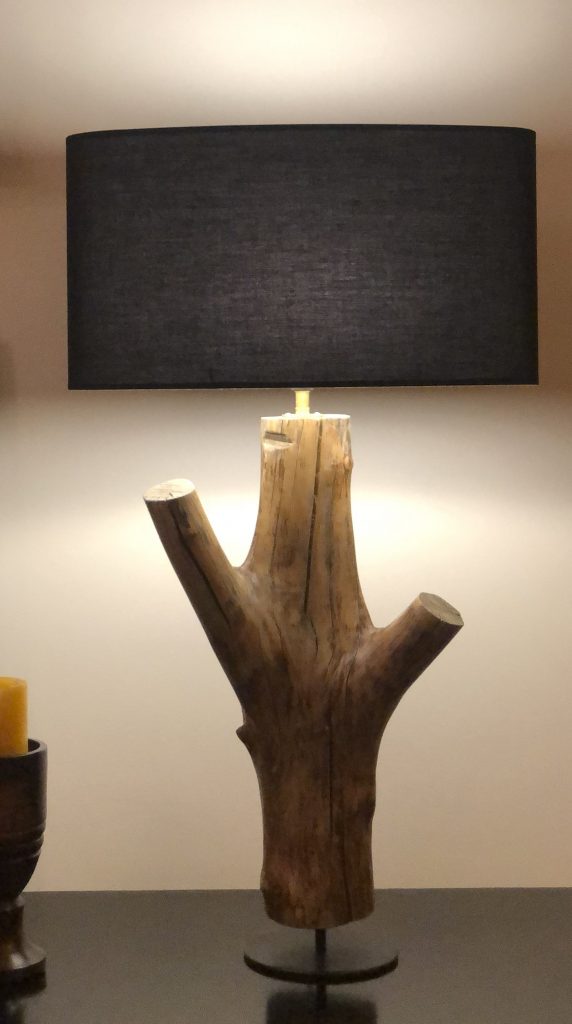
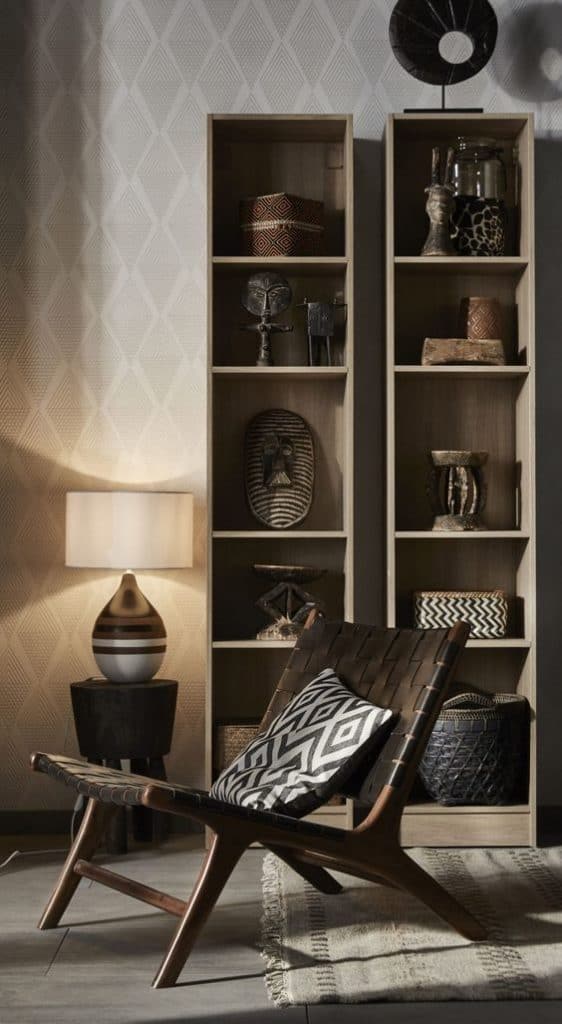
The colors come from the landscape
Ethnic paints itself with the landscape colors from where it is born, it is molded in the hands of those who make it and adapts to any place outside of there, because its aesthetics and its message are stronger than liana roots and they hold on to everything with grace and art. The tribalist rhythm jumps from black to white and back again to reliable black, stretches out in broad shades of beige, reproduces the earth tones, all without exception, and also those of the fur and plumage of the animals and of native vegetation. It is rich in patterns, a daring way to get around the lack of pigments or simply to see color where it is scarce. Praise and respect for everything that surrounds us should not only come from the savannah or the forest, the desert or the icy landscapes, where the rigors of the climate and the vastness of the kilometers make more notorious the presence, or the need, of divinities and sharpens the hand inventive capacity. Ethnic sees beauty in everything and limit itself to trying to paint in objects what the landscape already brings. What Nature makes us see inside. Hence its unmistakable identity and originality. Because in the eyes of ethnic style, everything is useful and everything is beautiful.
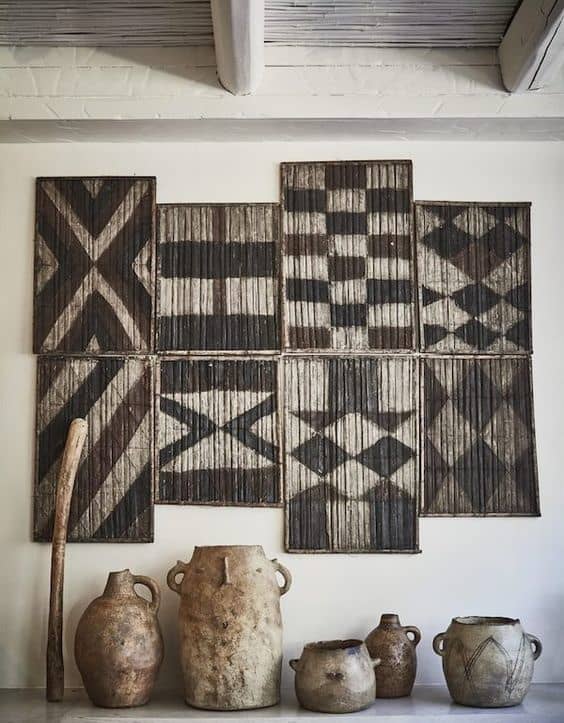
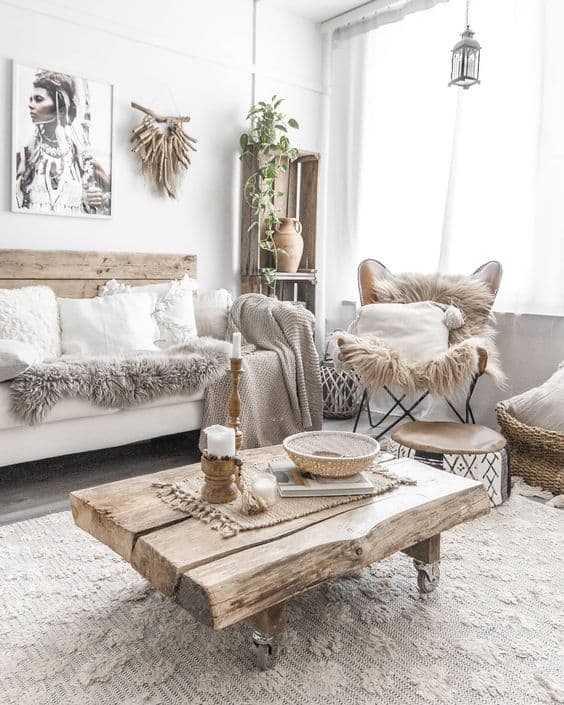
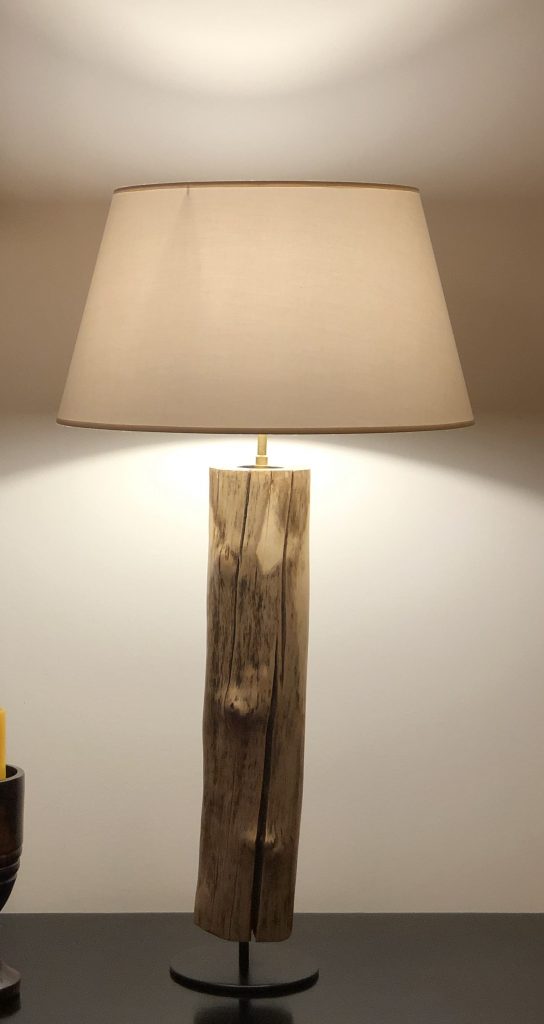
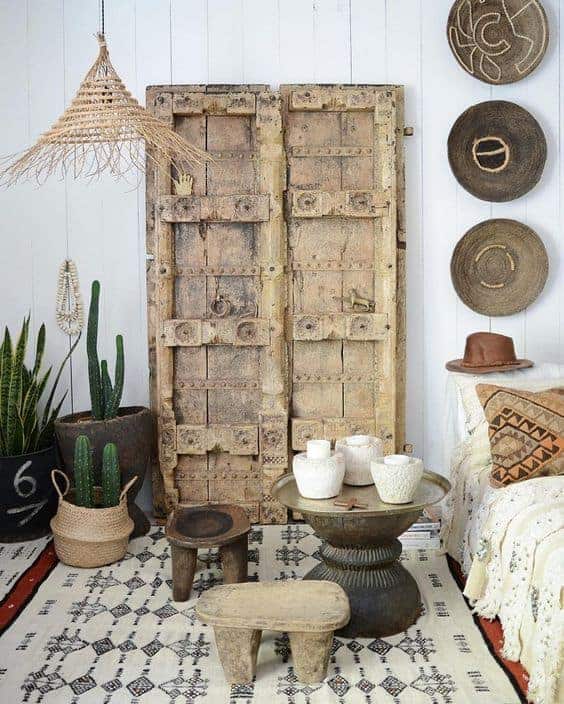
Simplicity and uniqueness
Tribal style unites, with dexterity and art, function and aesthetics, necessity and luxury. Therefore, talking about tribal aesthetics is synonymous with talking about Nature, the environment and the respect for ecosystems. In the tribal, Man and his creations are an integral part of something bigger and more important, because each individual feels as an integral part of everything that surrounds him and does not hold a central and narcissistic place for himself. The woods are rough but ornamented, tapestries have rich textures and labyrinthine patterns, ceramics are honest and rudimentary, but all the characteristics are assumed with such naturalness and pride that part of the magic comes from this encounter, it results from this inner reading. Yes, the greatest beauty lies in the eyes of those who appreciate it, in the appreciation it makes of the materials used, in the respect for the surroundings that each one denotes, in the appreciation for the working hand, reinvented itself, in the process of inventing and creating. In the ethnic style, everything is used and reinvented. That's why it's so appetizing and comforting. As much as the message it conveys and leaves us with the certainty that to create is not to destroy. To create is to enter the natural cycle of things, it is to invent solutions and present results, in this case, beautiful results, written in a recyclable grammar, with author handwriting. Glued to the tribal, or ethnic, a pure and fresh look arrives, which does not neglect materials, does not reject any possibilities or see a downgrade in residues or waste. A little, so we believe, like our Light It Be natural wood lamps, born of useless plane wood, and raised with the passion of people who see things being born with their own hands. No great artifices, or vain aspirations, just simplicity and uniqueness.
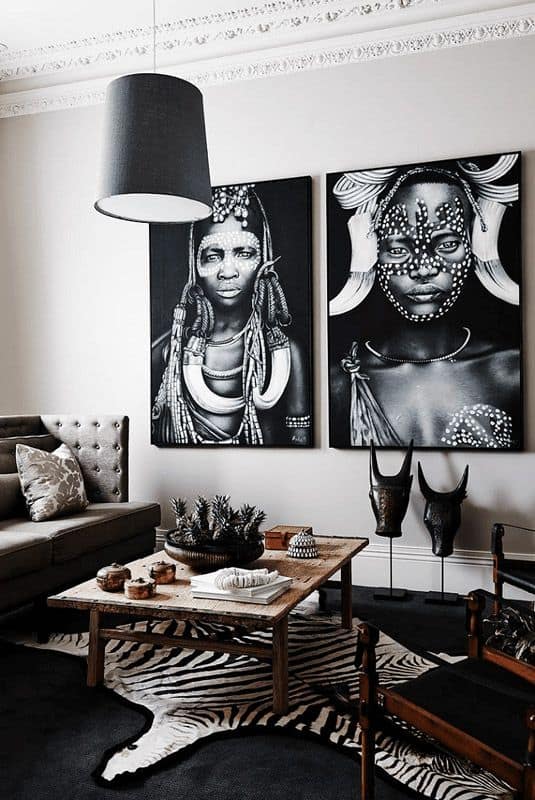
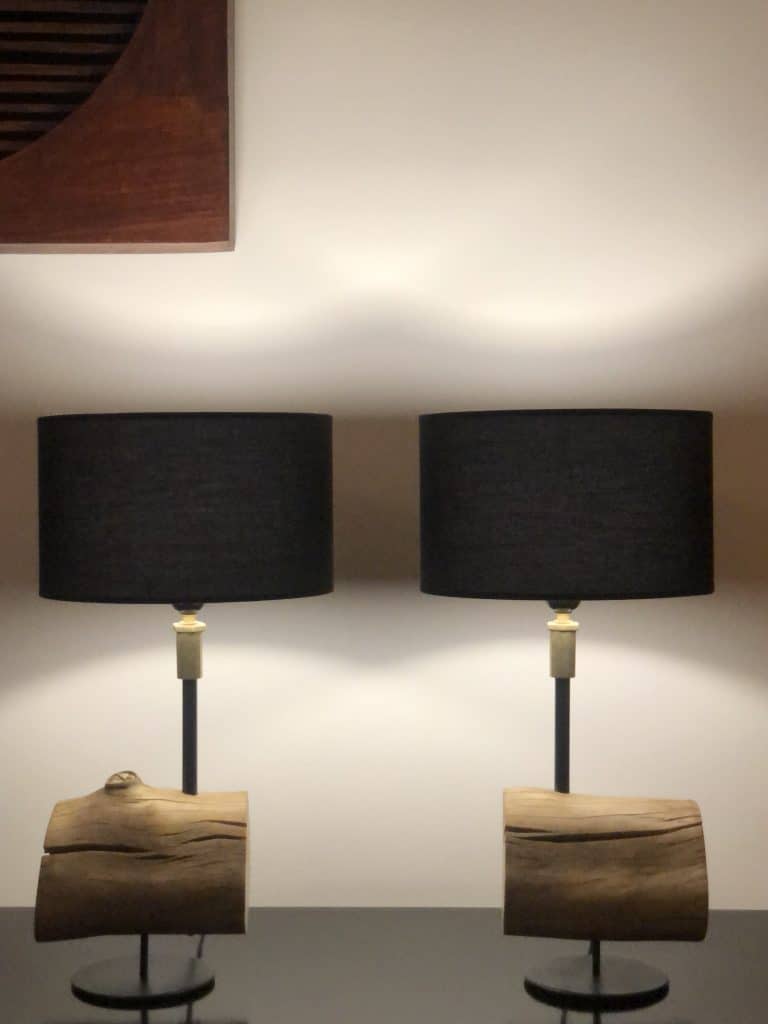
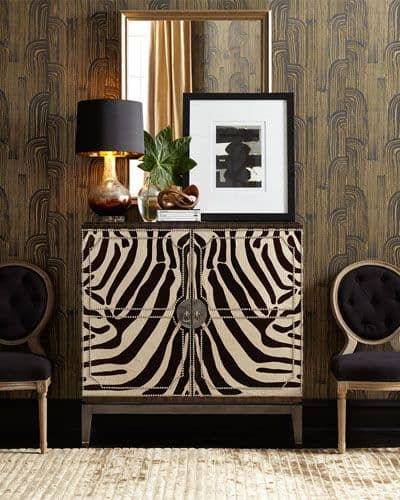
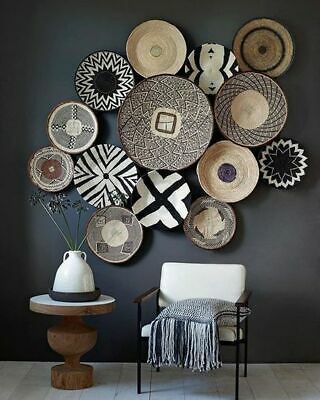
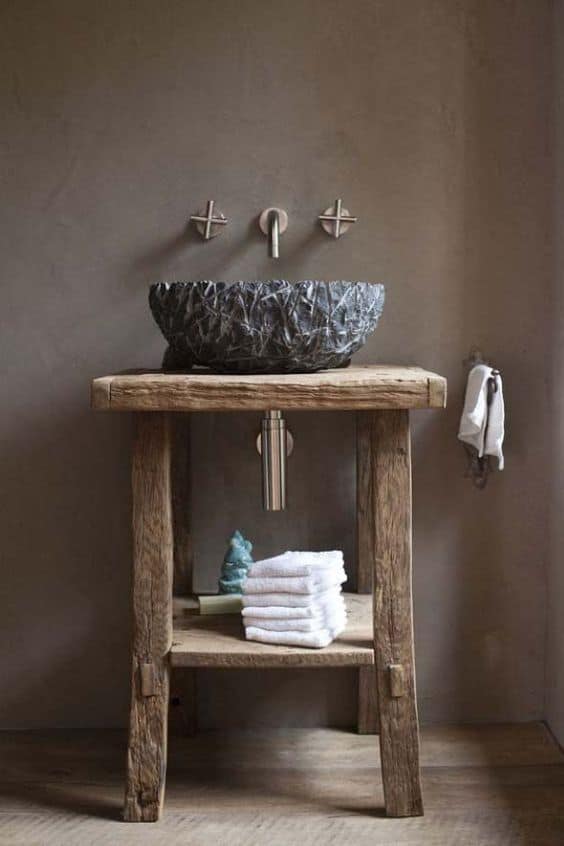
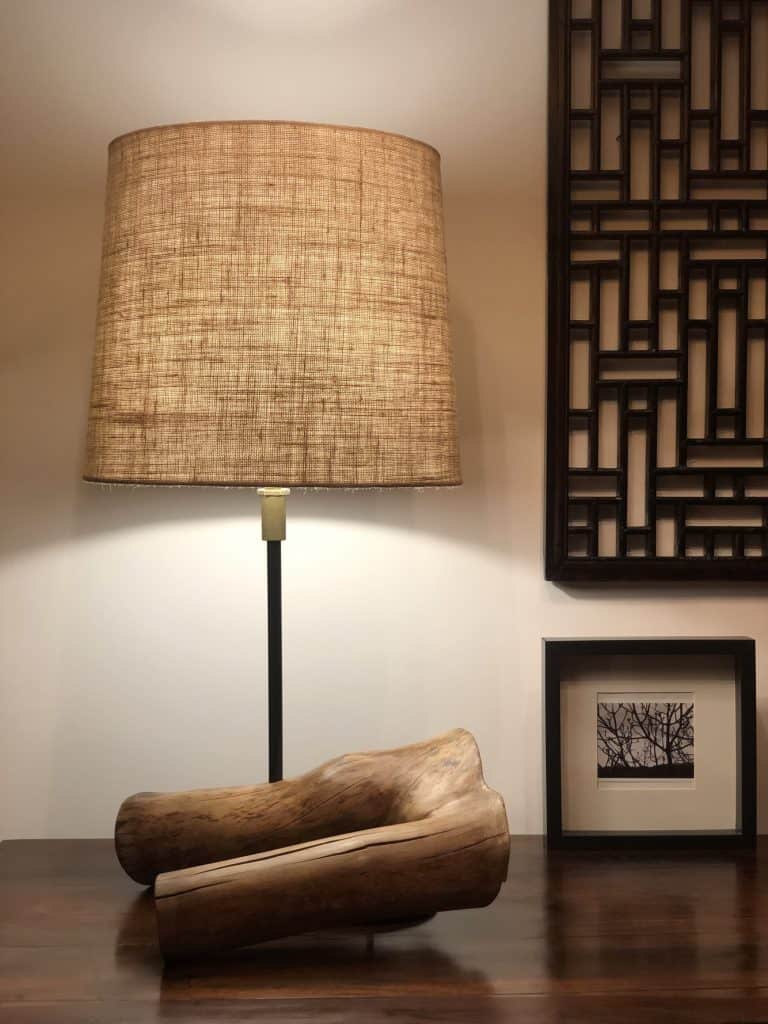
Photography – Light It Be and Pinterest




0